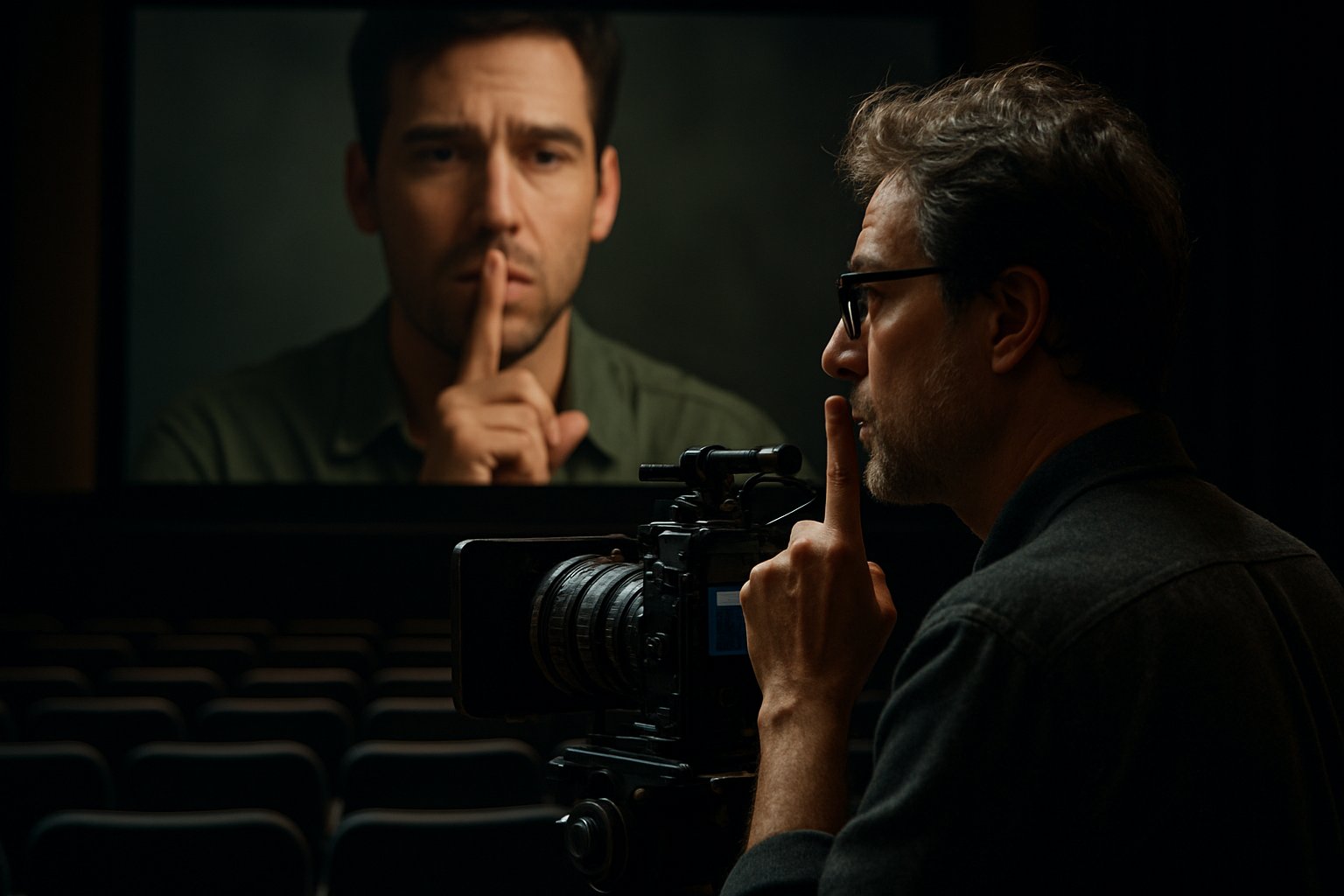Rethinking the Role of Silence in Cinema
The world of cinema is constantly evolving, and the latest trend is an unexpected one: silence. More and more, filmmakers are embracing this element to create a deeper, immersive experience for viewers. This article explores this intriguing development, its historical context, and its impact on the film industry.

Background: The Silent Era and Beyond
Silence in films is not a new concept. It dates back to the Silent Era of cinema, when technological limitations didn’t allow for synchronized sound. However, even after the advent of ‘talkies’, silence has been a powerful tool in a filmmaker’s arsenal. Notable directors like Alfred Hitchcock and Stanley Kubrick have employed silence to create suspense or convey emotions.
The Contemporary Trend: Silence Returns
In recent years, silence is making a noticeable comeback in cinema. Directors are using silence to subvert the audience’s expectations, disrupt the narrative, or create moments of reflection. Movies like “A Quiet Place” and “The Artist” have effectively used silence as a central narrative device, earning critical acclaim and commercial success.
The Impact: A New Viewing Experience
The modern use of silence in films is challenging the traditional viewing experience. It demands more attention from viewers, encouraging them to engage with the story on a deeper level. It’s not just about what is being said, but also what is left unsaid. This trend is pushing the boundaries of storytelling, offering a fresh perspective on cinematic language.
Significance: Silence as a Creative Challenge
Embracing silence in films presents a unique challenge for filmmakers. It requires a strong command over visual storytelling, as the absence of sound heightens the importance of visuals. Done right, it can enhance the narrative, create emotional depth, and leave a lasting impact on viewers.
Reception: Critiques and Applauses
The reception to this trend has been largely positive. Critics are lauding this innovative approach, valuing the depth and complexity it brings to cinema. Audiences too are responding positively, appreciating the break from the constant noise and dialogue. However, some critics argue that excessive use of silence can risk becoming a gimmick, rather than a genuine narrative technique.
In conclusion, the rediscovery of silence in cinema is shaping the future of filmmaking. It’s a testament to the ever-evolving nature of the art form, and the endless possibilities it presents. As we move forward, it will be interesting to see how filmmakers continue to experiment with this powerful tool.




